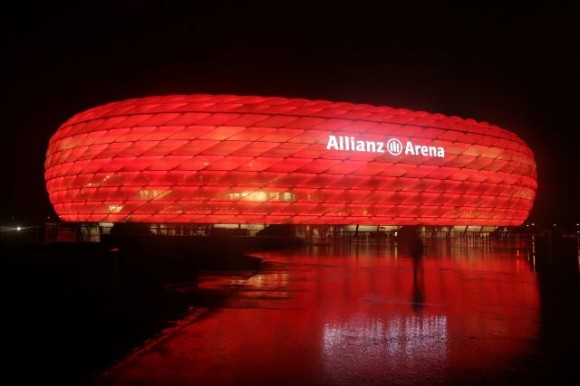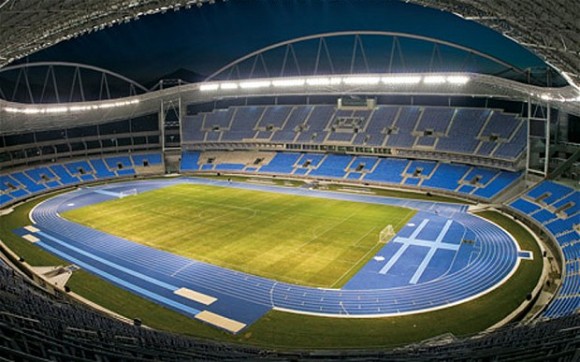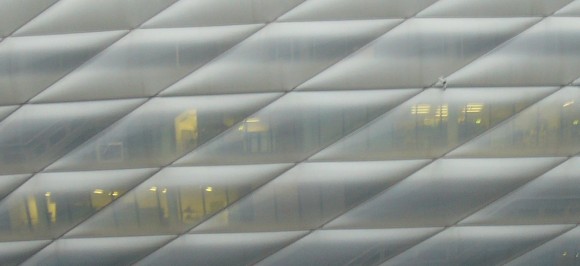Designing in the world of war is a very important area in today’s world. The ‘War Market’ has presented several opportunities for engineers and inventors to aid them in better combat or give them any tactical advantage over their enemies. So while people were busy trying to make make weapons stronger and more deadly, in 1970 DuPont created something called ‘Kevlar Ballistic Fibre. ’ Ever since Kevlar has been used in the widespread manufacture of bulletproof vests. And that’s what brings me to choose it for my blog on “Design for safety.” Cause protecting yourself is more important that killing the enemy.
The Design:
It’s basically an item of personal armor that absorbs the impact from the firearm shot at the person. Earlier, in WWI, soldiers wore these body armor suits, which were made of metal, these were relatively heavy and moving around on the warfront was really difficult for the fighters. The mean weight for these body shields was about 18kg’s and could withstand impact from bullets at about 820 m/s (mean figures). The cost of production of these vests in the mid 1900’s was also relatively high because they were made out of metal. A solution to all these problems came in the late 1960’s when DuPont developed a fiber called Kevlar. Kevlar is a manmade organic fiber. Its Structural formula is (-CO-C6H4-CO-NH-C6H4-NH-]n
Body Shields:
It has a combination of properties allowing for high strength with low weight, high chemical resistance, and high cut resistance. It is also flame resistant; does not melt, soften, or flow; and the fiber is unaffected by immersion in water. Seems like a perfect fit to solve the crisis of bulletproof vests being heavy and expensive. It is an organic fiber, which means it’s cheap to. Kevlar has been developing over the years
Kevlar 29, introduced in the early 1970s. It was the primary generation of bullet resilient fibers developed and helped to make the production of flexible, concealable body armor practical for the first time. In 1988, He presented the succeeding generation of Kevlar fiber, called Kevlar 129. According to DuPont, this fabric offered increased protection capabilities against high power shots such as the 9mm FMJ. In 1995, Kevlar Correctional was announced, which offers puncture resistant technology against puncture type threats.
The latest addition to the Kevlar line is Kevlar Protera, which DuPont presented in 1996. He contends that the Kevlar Protera is a high-performance fabric that allows lighter weight, more flexibility, and greater ballistic protection in a vest design due to the molecular structure of the fiber. Its tensile strength and energy-absorbing capabilities have been increased by the development of a new spinning development process.
However now, there are more and more fibers being developed to replace Kevlar. To list a few:
Dyneema: Dyneema has an extremely high strength-to-weight ratio is light enough that it can float on water, and has high energy absorption characteristics ( even higher than Kevlar)
Twaron: this fiber uses 1,000 or more finely spun single filaments that act as an energy sponge, absorbing a bullet’s impact and quickly scattering its energy through engaged and adjacent fibers. Because more filaments are used, the impact is scattered more quickly this allows maximum energy absorption at minimum weights while enhancing comfort and flexibility.
But however the reason I chose to write about Kevlar is because is was the first of it’s kind. Twaron and Dyneema might have grown to become stronger and replace Kevlar, but however they are innovations whereas Kevlar was an invention.
Bibliography:
- http://inventors.about.com/od/bstartinventions/a/Body_Armor.htm
- http://inventors.about.com/od/bstartinventions/a/Body_Armor_2.htm
- http://www.dupont.com/products-and-services/fabrics-fibers-nonwovens/fibers/brands/kevlar.html
- google.com for images









